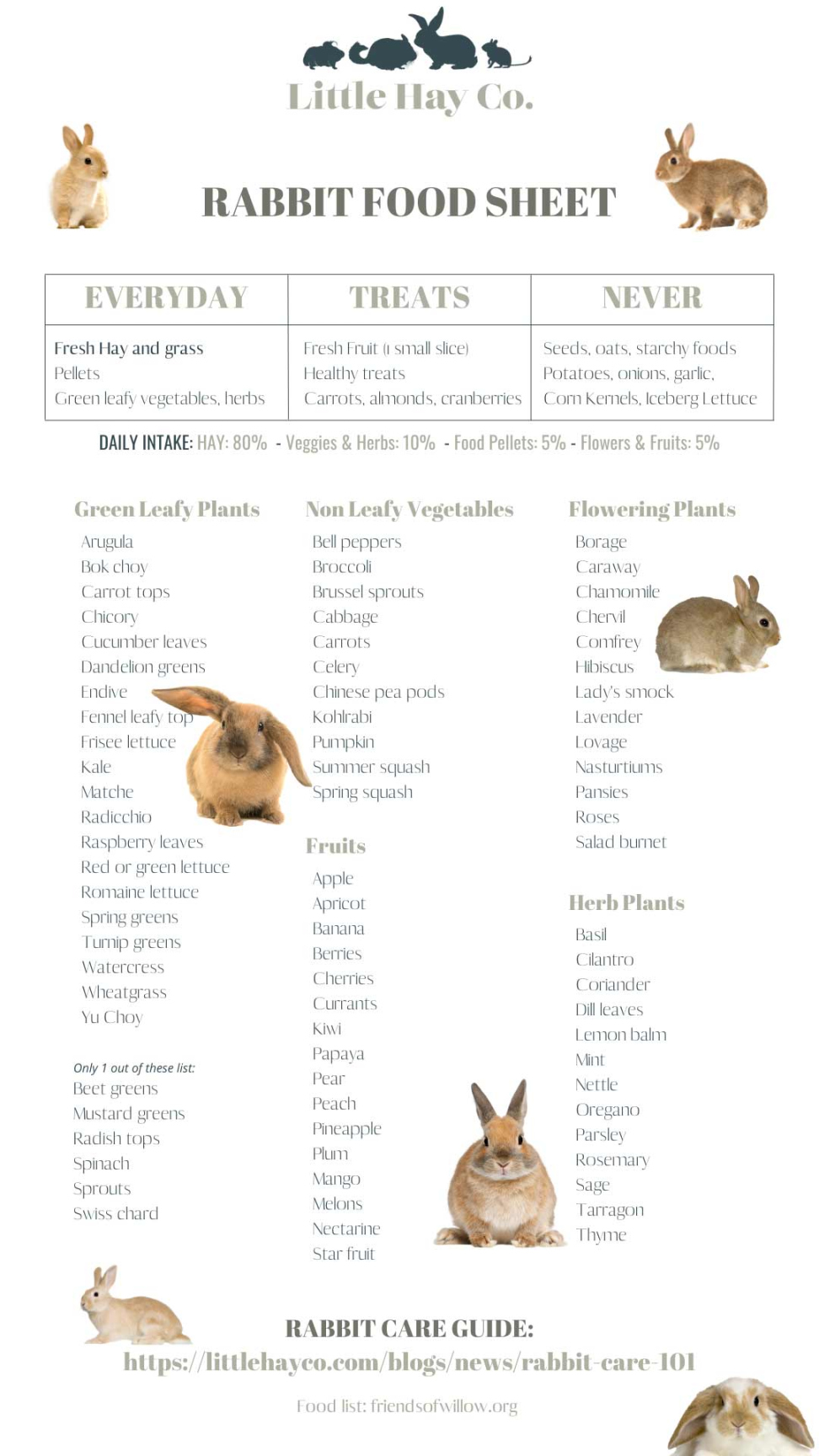How to Tell If a Rabbit is Safe to Eat?
Knowing whether a rabbit is safe to eat is important, especially if you are a hunter or enjoy preparing wild game. Rabbits can carry diseases and parasites that can be harmful to humans if not properly handled and cooked. Here are some key factors to consider when determining the safety of a rabbit for consumption.

1. Source and Environment
The source and environment in which the rabbit was raised or captured play a significant role in determining its safety for consumption. It is important to ensure that the rabbit comes from a reputable source, such as a trusted rabbit breeder or a reputable game dealer. If you are hunting rabbits yourself, make sure to choose an area that is free from any known environmental contamination.
2. Physical Appearance
The physical appearance of the rabbit can provide some indication of its safety for consumption. Look for the following signs:
- The rabbit should have a healthy, plump body with no visible signs of emaciation or injury.
- The fur should be clean, shiny, and free from any excessive shedding or bald patches.
- The eyes should be clear and bright, without any discharge or cloudiness.
- The nose should be clean and free from any discharge.
- Check for any visible signs of pests or parasites, such as ticks, fleas, or mites.
3. Smell
Take a moment to smell the rabbit. A fresh and healthy rabbit should have a mild, slightly gamey smell. However, if the rabbit smells sour, or rancid, or has a strong odor, it may be an indication of spoilage or bacterial growth.
4. Internal Organs
Examining the internal organs can provide further insight into the health and safety of the rabbit. If you are familiar with rabbit anatomy, you can inspect the organs for any abnormalities, discoloration, or signs of infection. If you are unsure, it is best to consult with an experienced individual or a veterinarian.
5. Safe Handling and Cooking
Regardless of the rabbit’s initial safety, proper handling and cooking are essential to ensure its safety for consumption. Follow these guidelines:
- Always wash your hands thoroughly before and after handling raw rabbit meat.
- Separate raw rabbit meat from other foods to avoid cross-contamination.
- Cook rabbit meat to a safe internal temperature of at least 160°F (71°C) to kill any potential bacteria or parasites.
- Avoid eating undercooked or raw rabbit meat.
Proper handling and cooking techniques are crucial to ensure the safety of rabbit meat.
– Dr. Jane Peterson, Veterinarian
Frequently Asked Questions (FAQs)
1. Can I eat a wild rabbit?
Yes, you can eat wild rabbits if they are properly handled, cooked thoroughly, and come from a safe environment free from contamination. However, it is crucial to ensure that the rabbit is free from diseases or parasites that could potentially harm humans.
2. How can I determine if a rabbit is free from diseases or parasites?
While visual inspection can provide some indications, it is best to consult with a veterinarian or an experienced individual who can assess the rabbit’s health. They can perform tests or examinations to determine if the rabbit is safe for consumption.
3. Are there any specific diseases or parasites to watch out for in rabbits?
Yes, rabbits can carry diseases such as tularemia and parasites like fleas, ticks, and mites. These can be harmful to humans if not properly handled and cooked. It is important to seek guidance from professionals or research specific diseases and parasites prevalent in your area.
4. What is the recommended way to cook rabbit meat?
Rabbit meat can be cooked in various ways, including roasting, grilling, or stewing. It is recommended to cook rabbit meat to an internal temperature of at least 160°F (71°C) to ensure the destruction of any potential bacteria or parasites. Cooking times may vary depending on the chosen method and the size of the rabbit meat.
Related Articles…
Copyright Notice:
Images displayed on this website are not our property, but are procured from the internet. If you hold copyrights to any image and wish for its removal, please get in touch with us.